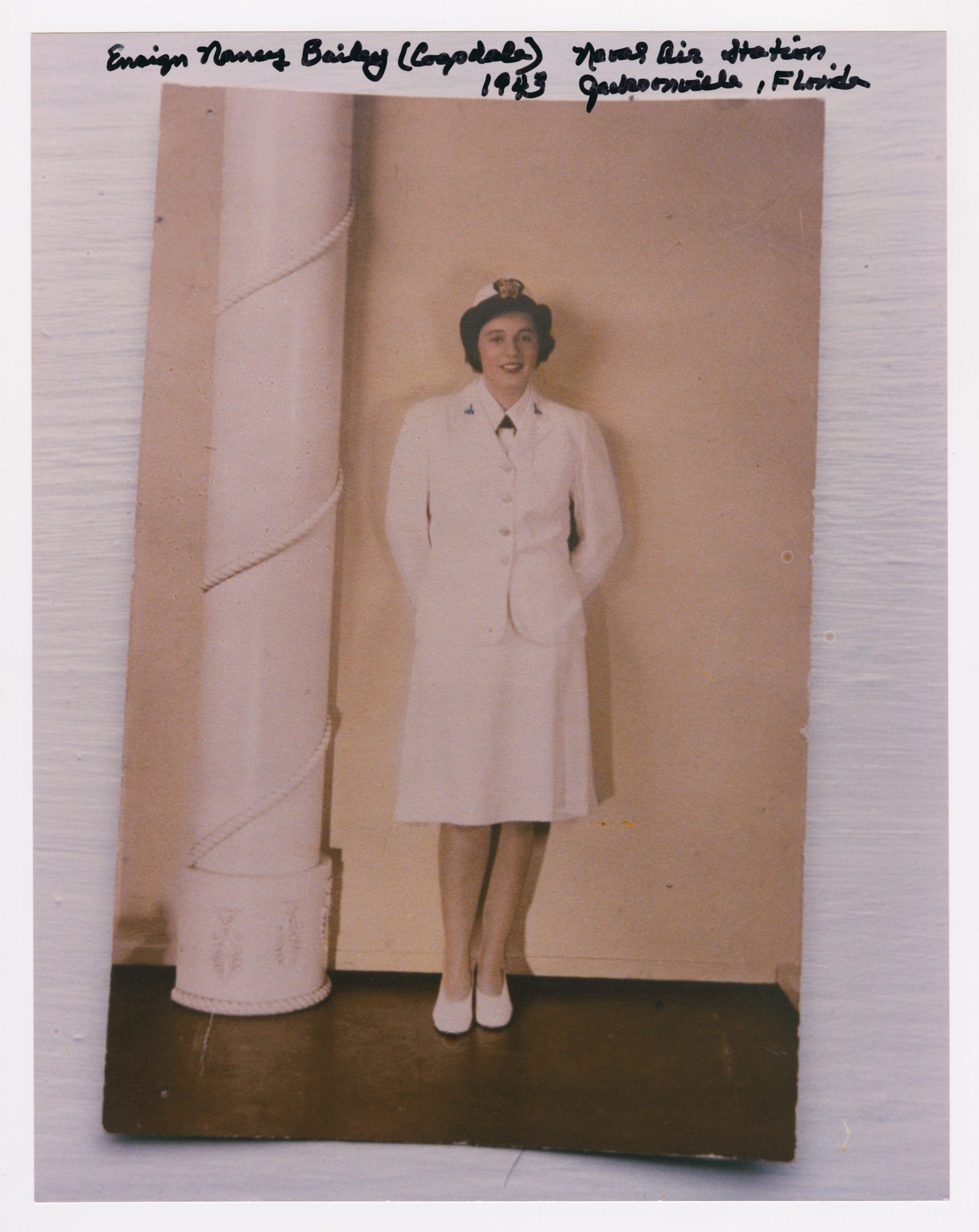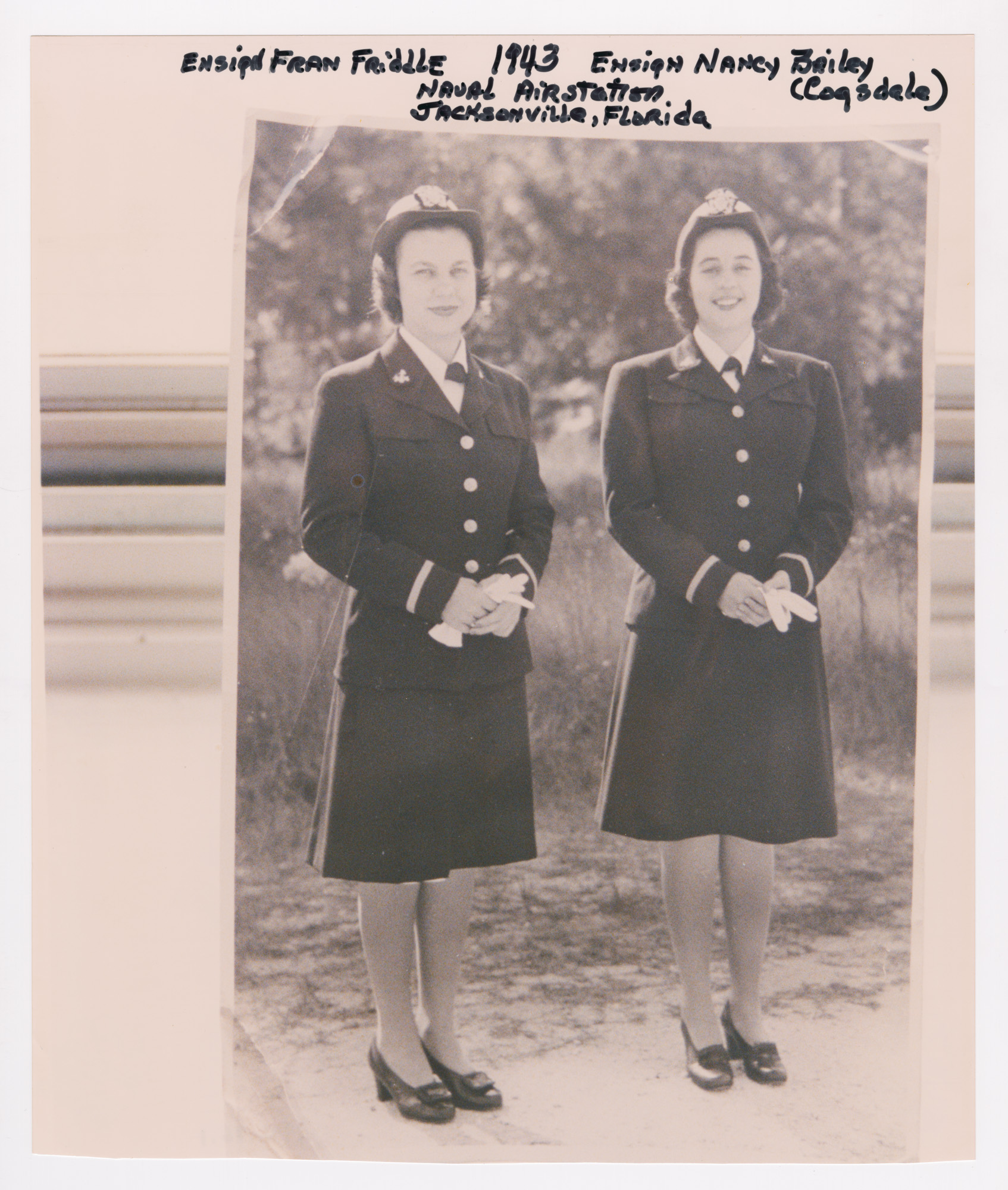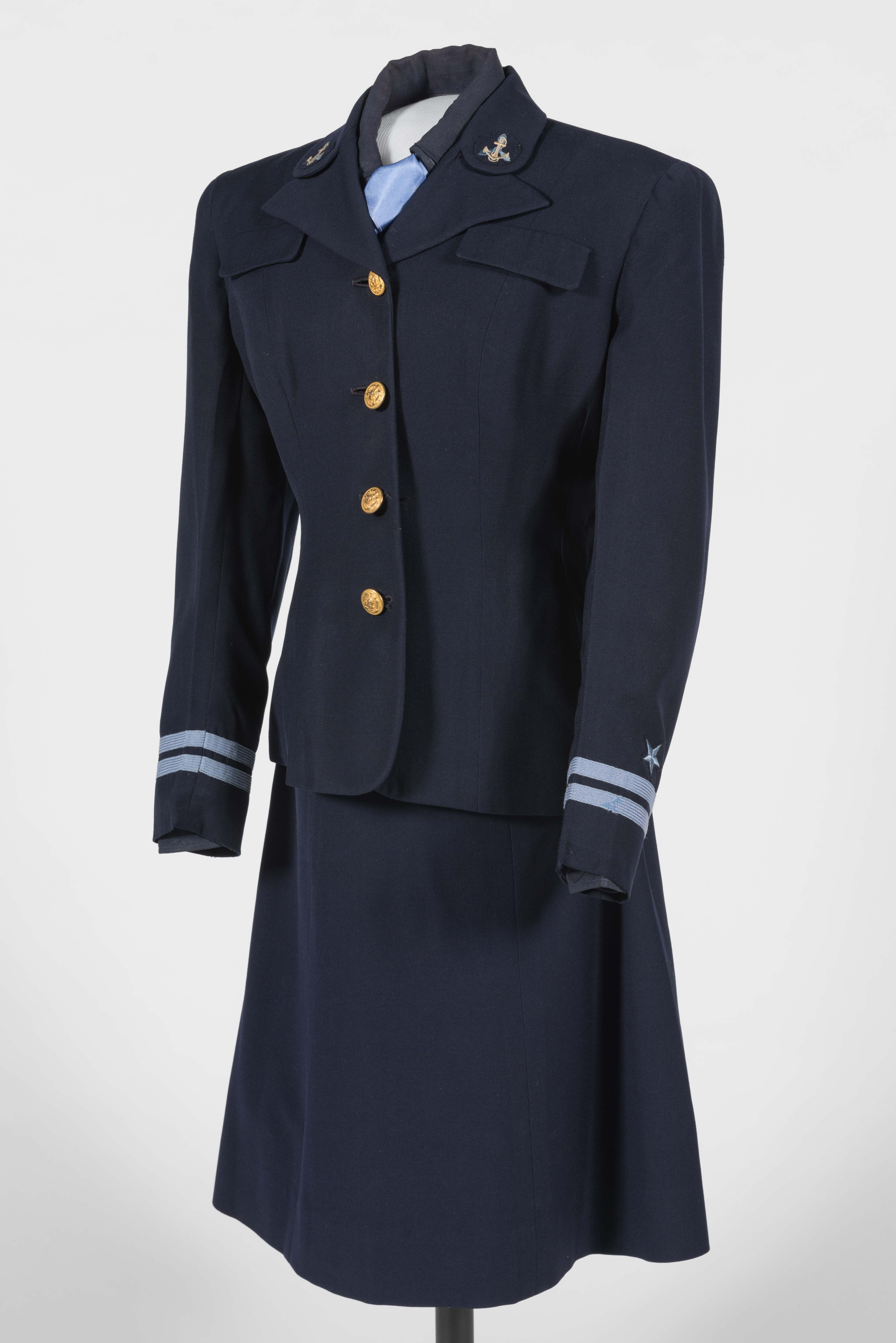World War II opened new opportunities for women in the military and on the home front, though it was not the first war in which women assisted with war efforts, often on the front lines of conflict. As far back as the American Revolution women stepped up to battlefields to assist with nursing, supplies, and in some isolated cases – disguised themselves as men to fight. In World War I, women volunteers served as nurses and ambulance drivers at home as well as overseas and held military administrative and clerical positions that freed up more men to fight. However, these women were denied the military and veteran benefits given to men.
During WWII, women continued this tradition of wartime mobilization, but growing discontentment with the lack of benefits available to women volunteers, as well as a growing need for labor within the military, led to the passing of Public Law 689 in July 1942. This allowed for the creation of women’s reserve units that received military benefits. The purpose of these units was to have women fill non-combat roles, freeing up men to fight overseas.



